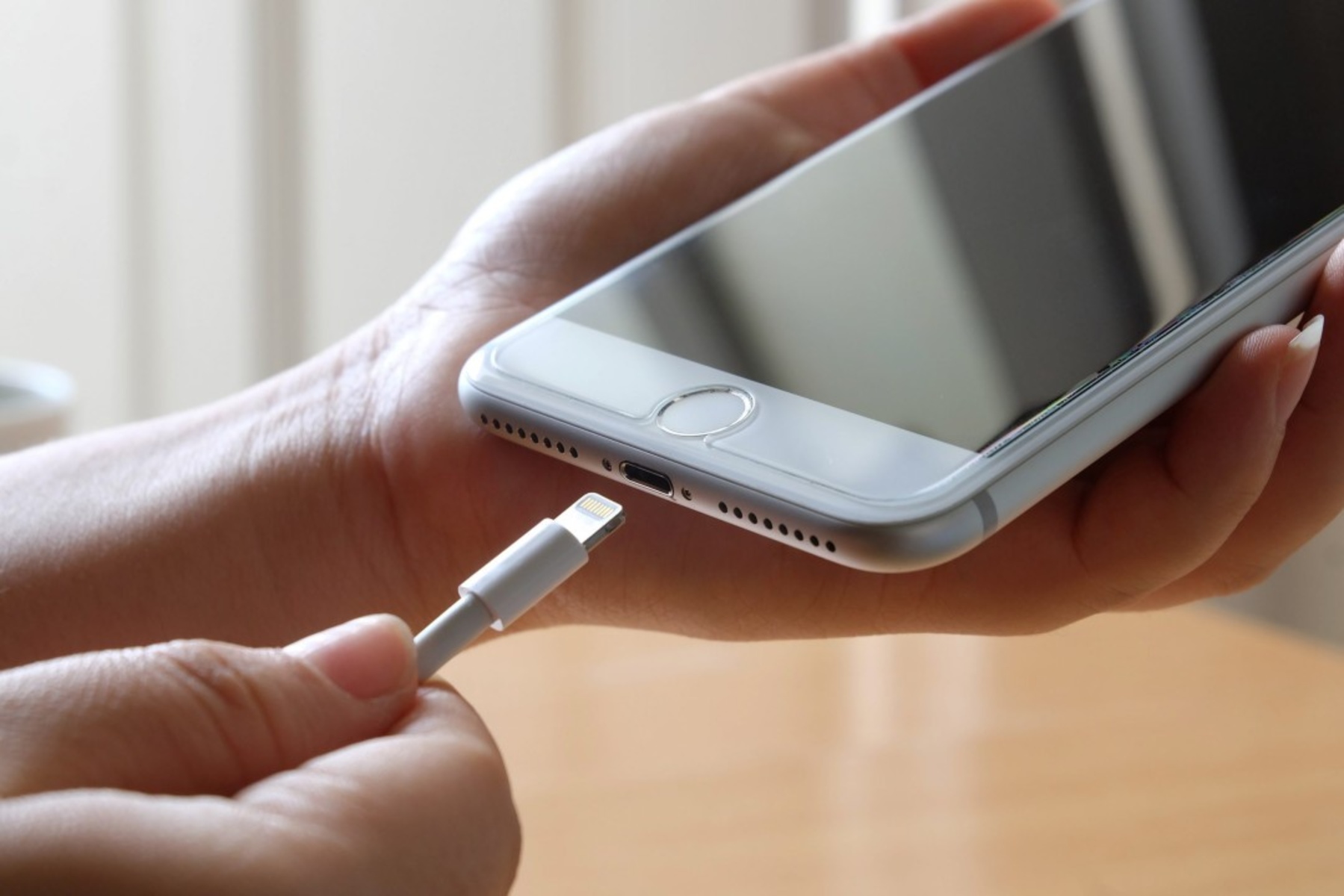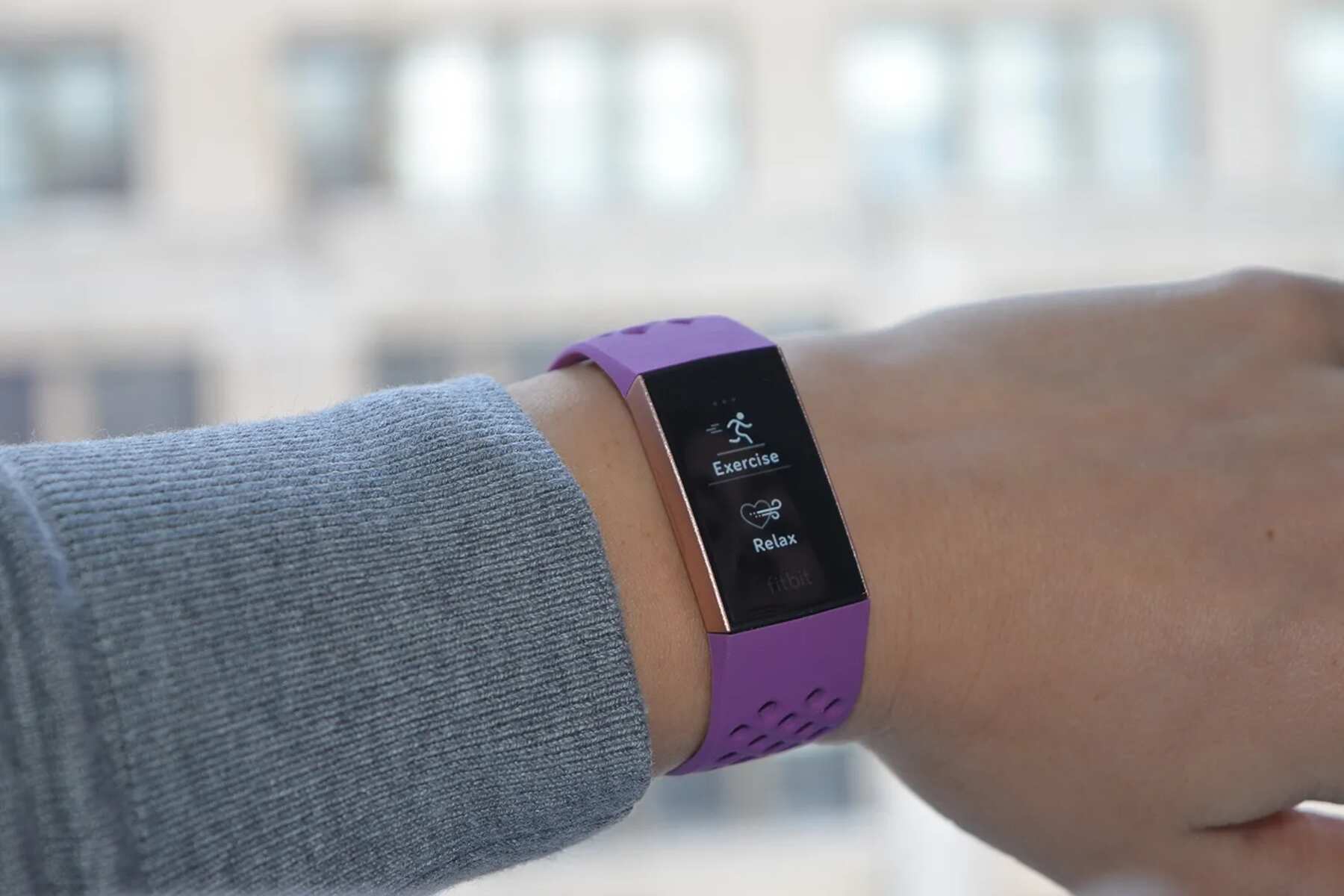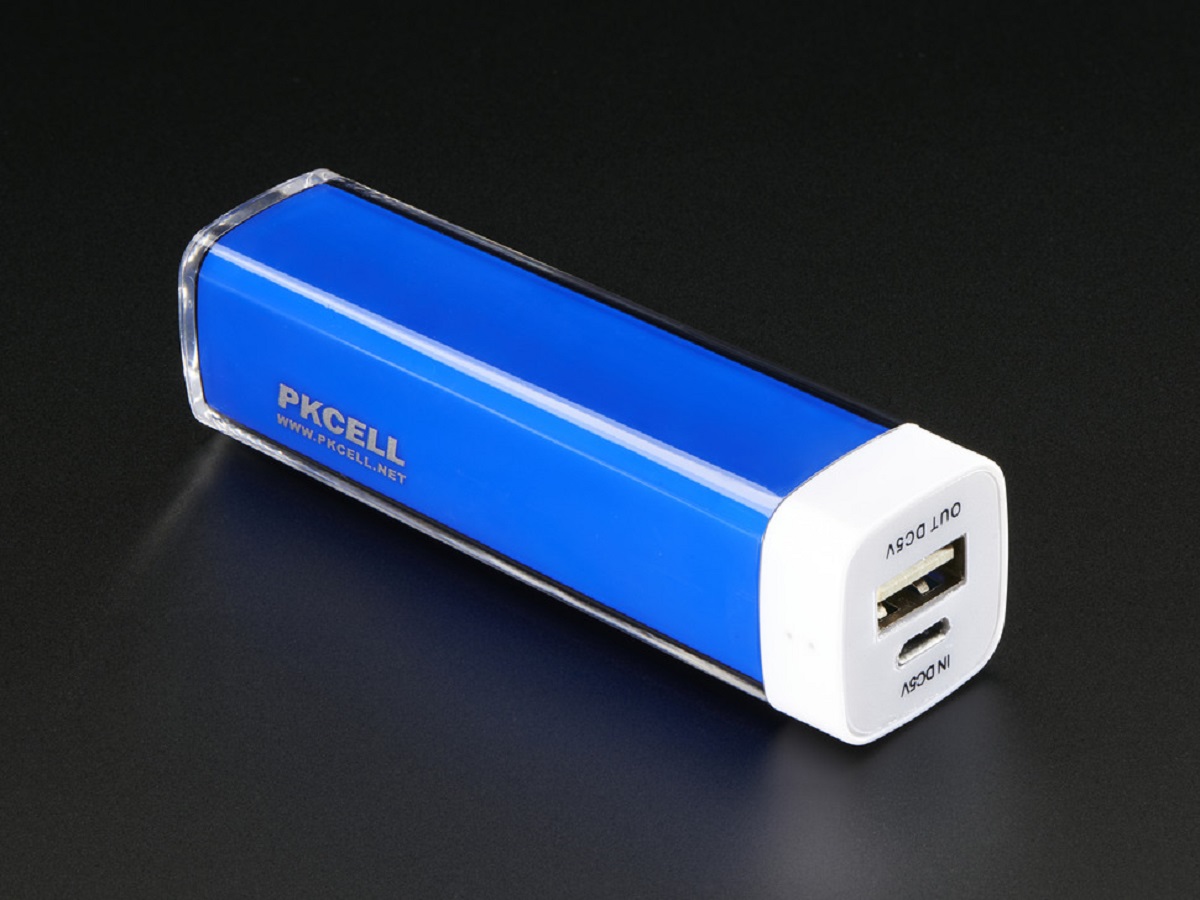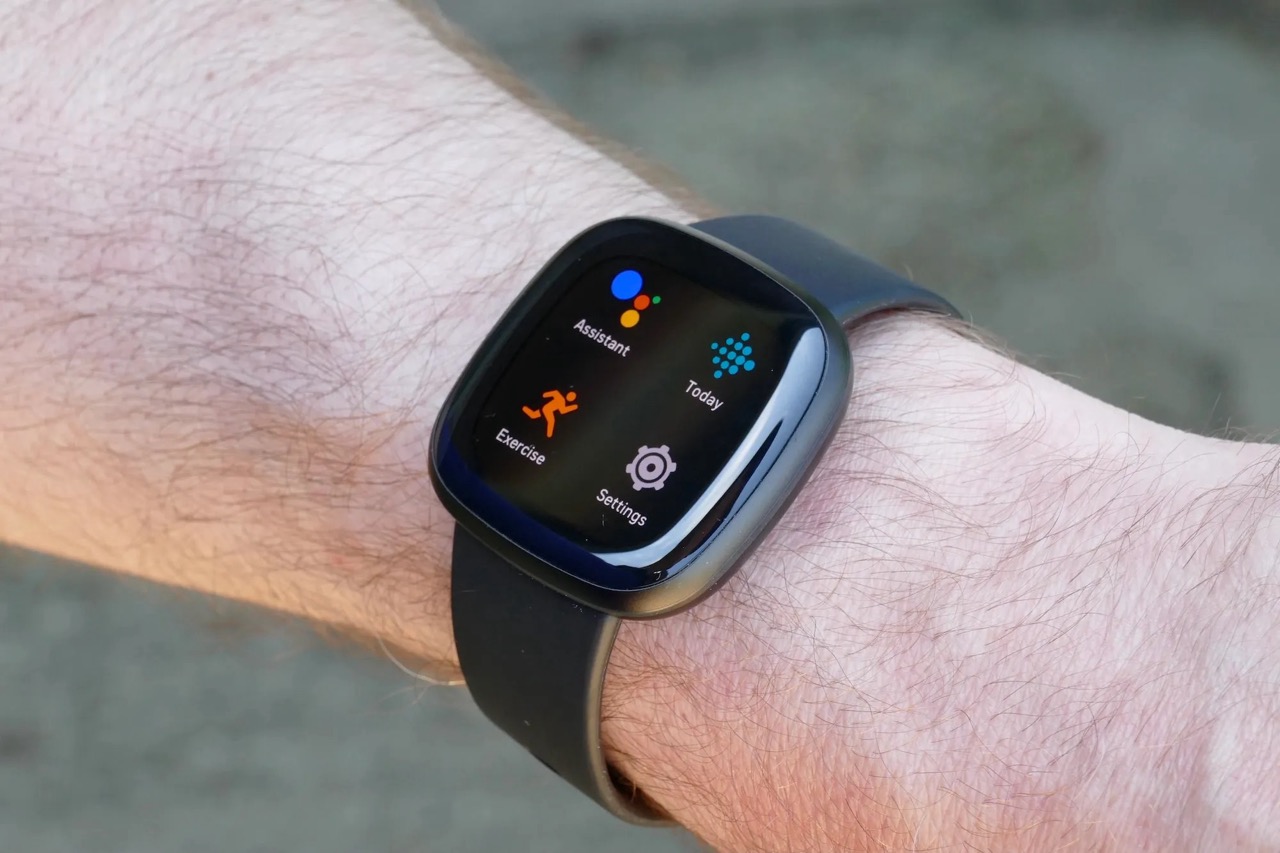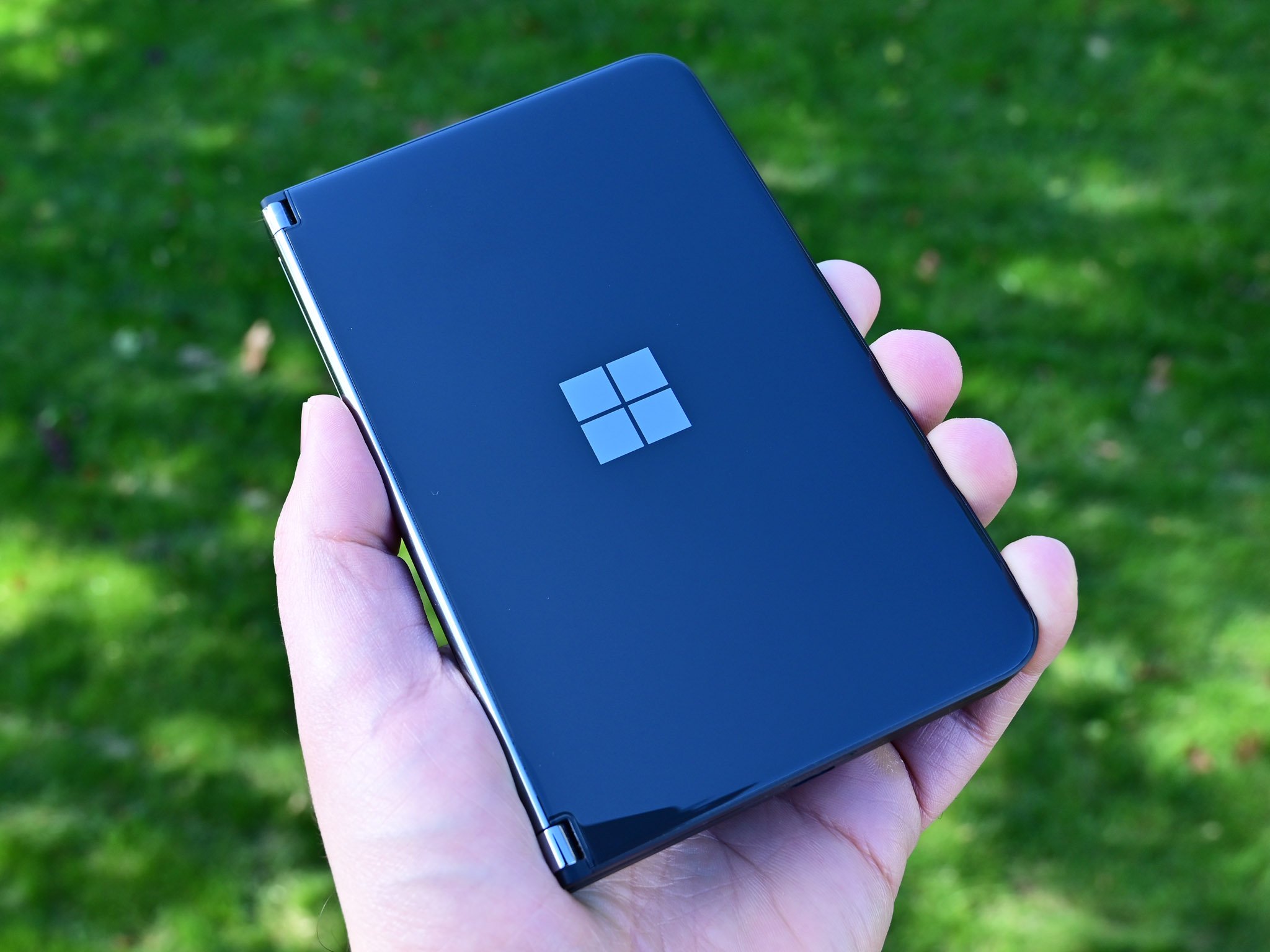Introduction
Smartphones have become an integral part of our daily lives, keeping us connected, informed, and entertained on the go. As the demand for these devices continues to surge, mobile carriers have introduced smartphone access charges to offset the costs associated with providing network services. But what exactly is a smartphone access charge and why is it necessary?
A smartphone access charge is an additional fee that mobile carriers impose on customers who own smartphones. It is a separate line item on your monthly bill, distinct from the charges for voice, data, and text services. This charge is in addition to the cost of the device itself and any applicable service plans.
The purpose of a smartphone access charge is to cover the expenses incurred by the carrier to maintain and upgrade their network infrastructure. This includes costs associated with building and maintaining cell towers, expanding coverage areas, and investing in the necessary equipment to handle the ever-increasing data demands.
When you sign up for a mobile plan with a carrier, you are essentially gaining access to their network services, which enable you to make calls, send messages, and access the internet using your smartphone. The smartphone access charge helps offset the costs associated with providing these network services.
What is a smartphone access charge?
A smartphone access charge is a fee imposed by mobile carriers to cover the cost of providing network services to smartphone users. It is essentially a fee for the privilege of accessing the carrier’s network with your smartphone device. This charge is separate from your monthly data, voice, and text service fees.
When you own a smartphone, you need a network connection to make calls, send messages, and access the internet. This connection is provided by mobile carriers, who invest in the infrastructure necessary to support these services. The smartphone access charge helps carriers recoup some of the expenses they incur in building, maintaining, and expanding their network infrastructure.
Typically, the smartphone access charge is a recurring monthly fee that is added to your bill. The amount of the charge can vary depending on the carrier and the specific plan you are enrolled in. It is important to note that even if you have a contract-free or prepaid plan, you may still be subject to a smartphone access charge.
It is worth noting that the smartphone access charge is not unique to smartphones. In the past, carriers would levy similar charges for other types of devices, such as basic phones or feature phones. However, as smartphones have become the standard, carriers have shifted their focus to these devices, recognizing the higher data usage and network demands that come with them.
It is important to understand that the smartphone access charge is separate from the cost of the device itself. Whether you purchase your smartphone outright or finance it through your carrier, the access charge is an additional fee that covers the network services provided to your device.
How does a smartphone access charge work?
A smartphone access charge is a way for mobile carriers to recover the costs associated with providing network services to smartphone users. When you sign up for a mobile plan, you are assigned a specific rate plan that includes charges for voice, data, and text services. In addition to these charges, you will also see a separate line item for the smartphone access charge on your monthly bill.
The smartphone access charge is typically a fixed monthly fee that is added to your bill, regardless of the level of usage or the number of minutes, messages, or data you consume. This means that even if you don’t use your device as frequently, you will still be charged the access fee. It is important to review your carrier’s plan details to understand the specific terms and conditions related to the access charge.
When you make a payment towards your monthly bill, a portion of that payment goes towards covering the smartphone access charge. The rest of the payment goes towards covering the cost of the voice, data, and text services that you use during the billing cycle.
It is worth noting that the smartphone access charge is separate from any device installment or financing payments you may be making. Whether you choose to purchase your device outright or opt for a payment plan through your carrier, the access charge remains a separate fee that is incurred for accessing the carrier’s network.
It is important to monitor your monthly bill and keep track of any changes in the smartphone access charge. Carriers have the right to adjust the access charge, so it is recommended to review your plan details regularly to ensure you are aware of any changes and understand the fees associated with your service.
By understanding how the smartphone access charge works and reviewing your plan details, you can better manage your expenses and ensure that you are getting the most out of your mobile service.
Why do carriers charge a smartphone access fee?
Carriers charge a smartphone access fee to cover the costs they incur in providing network services to smartphone users. Smartphones are more than just devices for making calls and sending messages – they are powerful mini-computers that require robust network infrastructure to support their features and capabilities.
One of the primary reasons carriers impose a smartphone access fee is to offset the expenses associated with building and maintaining their network infrastructure. This includes the installation and maintenance of cell towers, expansion of coverage areas, and upgrades to accommodate the growing demand for data services.
Smartphones are designed to connect to the internet, and as such, they consume significant amounts of data compared to traditional phones. Carriers have to invest in the necessary equipment and technology to handle the increasing data traffic. This includes upgrading their network infrastructure to support faster data speeds and more reliable connectivity.
The costs of maintaining and upgrading network infrastructure can be substantial. From purchasing and installing equipment to ongoing maintenance and support, carriers need a reliable stream of revenue to cover these expenses. The smartphone access fee helps carriers recover some of these costs and continue to invest in network improvements.
Additionally, carriers also invest in research and development to stay ahead in the highly competitive mobile industry. This involves developing new technologies and services that enhance the overall user experience. The smartphone access fee contributes to funding these innovative endeavors, ensuring that carriers can continue to offer cutting-edge features and improvements.
It is important to note that carriers operate as businesses and need to generate revenue to remain financially viable. The smartphone access fee is one component of their overall revenue model, allowing them to provide reliable network services and invest in future advancements.
While the smartphone access fee may seem like an additional cost to consumers, it is essential for ensuring the quality and reliability of the network services they rely on. Carriers strive to strike a balance between providing competitive pricing for their services and maintaining a sustainable business model to support ongoing infrastructure investments and technological advancements.
How much is a smartphone access charge?
The amount of the smartphone access charge can vary depending on the carrier and the specific plan you are enrolled in. The charge is typically a fixed monthly fee added to your bill, separate from the charges for voice, data, and text services. While the exact amount may differ, it is important to understand how carriers determine the cost of the smartphone access charge.
Different carriers have their pricing structures and fee schedules. Some carriers may have a flat-rate access charge that applies to all customers, while others may offer tiered pricing based on the plan you choose or the number of lines on your account. The access charge can range from a few dollars to around $20 or more per line, per month.
The total cost of your smartphone access charge will depend on factors such as the carrier’s pricing model, the specific plan you are enrolled in, and any promotional offers or discounts that may apply. It is a good idea to review the terms and conditions of your plan to understand the details of the smartphone access charge for your specific situation.
It is worth noting that carriers may also change the amount of the smartphone access charge from time to time. This could be due to factors such as network upgrades, changes in the cost of providing services, or shifts in the competitive landscape. It is important to stay informed about any changes to the access charge and review your monthly bill to ensure accuracy.
To get an accurate estimate of the smartphone access charge for your particular plan, it is recommended to contact your carrier directly or visit their website. Carriers typically provide detailed information on their pricing and fees, making it easier for customers to understand the breakdown of their monthly charges.
Understanding the cost of the smartphone access charge is essential for budgeting and managing your mobile expenses. By knowing the specific amount you will be charged and any factors that may affect it, you can make informed decisions and ensure that the services you are receiving align with your financial goals.
How to avoid or minimize smartphone access charges?
While smartphone access charges are a standard part of mobile plans, there are a few strategies you can employ to potentially reduce or minimize these charges. By being proactive and exploring your options, you may be able to save money on your monthly bill. Here are a few tips to consider:
1. Review your plan: Take the time to review your current mobile plan and assess whether it aligns with your usage patterns. Analyze your data, voice, and text usage to see if you can switch to a plan that offers more affordable rates. Sometimes, carriers introduce new plans or promotions that could better suit your needs, potentially reducing your overall costs.
2. Negotiate with your carrier: It’s worth reaching out to your carrier to discuss potential discounts or promotions available to you. Some carriers offer special deals or loyalty incentives that can help lower your smartphone access charge. Be polite but assertive when speaking with customer service representatives and explain your situation to see if any cost-saving options are available.
3. Bundle services: Consider bundling your mobile services with other services provided by the carrier, such as internet or television. Many carriers offer discounts for customers who have multiple services with them, which could help reduce your overall bill, including the smartphone access charge.
4. Explore prepaid or no-contract plans: Prepaid or no-contract plans often have lower monthly fees and may not include a separate smartphone access charge. While you may have to pay for your device upfront, it could be a cost-effective option in the long run if you don’t require extensive data usage or additional services.
5. Consider alternative carriers: Research other mobile carriers in your area and compare their pricing structures. Some carriers may offer more competitive rates or promotions that can help reduce your smartphone access charge. However, ensure that the coverage and network quality meet your needs before switching.
6. Utilize Wi-Fi networks: Instead of relying solely on your cellular data, take advantage of Wi-Fi networks whenever possible. By connecting to Wi-Fi hotspots, you can reduce your data usage and potentially lower your overall monthly bill, including the smartphone access charge.
It’s important to note that not all strategies may be available or applicable to every individual. It’s always best to assess your specific needs and circumstances and explore the options that work best for you. Regularly reviewing your mobile plan and staying aware of any changes or promotions can help you minimize your smartphone access charges and optimize your mobile expenses.
Conclusion
In conclusion, a smartphone access charge is an additional fee imposed by mobile carriers to cover the costs associated with providing network services to smartphone users. It is a separate charge from the monthly fees for voice, data, and text services. The amount of the access charge can vary depending on the carrier and the specific plan you are enrolled in.
Carriers charge a smartphone access fee to offset the expenses involved in building, maintaining, and upgrading their network infrastructure. This includes the costs associated with cell towers, coverage expansion, and technological advancements to accommodate the increasing demands of smartphones.
To avoid or minimize smartphone access charges, it is recommended to review your mobile plan, negotiate with your carrier for potential discounts, and consider bundling services to benefit from any available promotions. Exploring prepaid or no-contract plans, utilizing Wi-Fi networks, and exploring alternative carriers are also viable strategies to potentially reduce your overall monthly bill.
Understanding the purpose and cost of smartphone access charges can help you make informed decisions and manage your mobile expenses effectively. It is always advisable to stay informed about any changes to your plan or promotions offered by your carrier, as this can have an impact on your access charge.
By being proactive and implementing these strategies, you can potentially save money and ensure that you are getting the most value out of your mobile plan. Remember to regularly review your options and assess whether your current plan aligns with your usage patterns and financial goals.
While smartphone access charges may be inevitable, taking the time to understand them and explore cost-saving opportunities can lead to a more efficient and cost-effective mobile experience.







